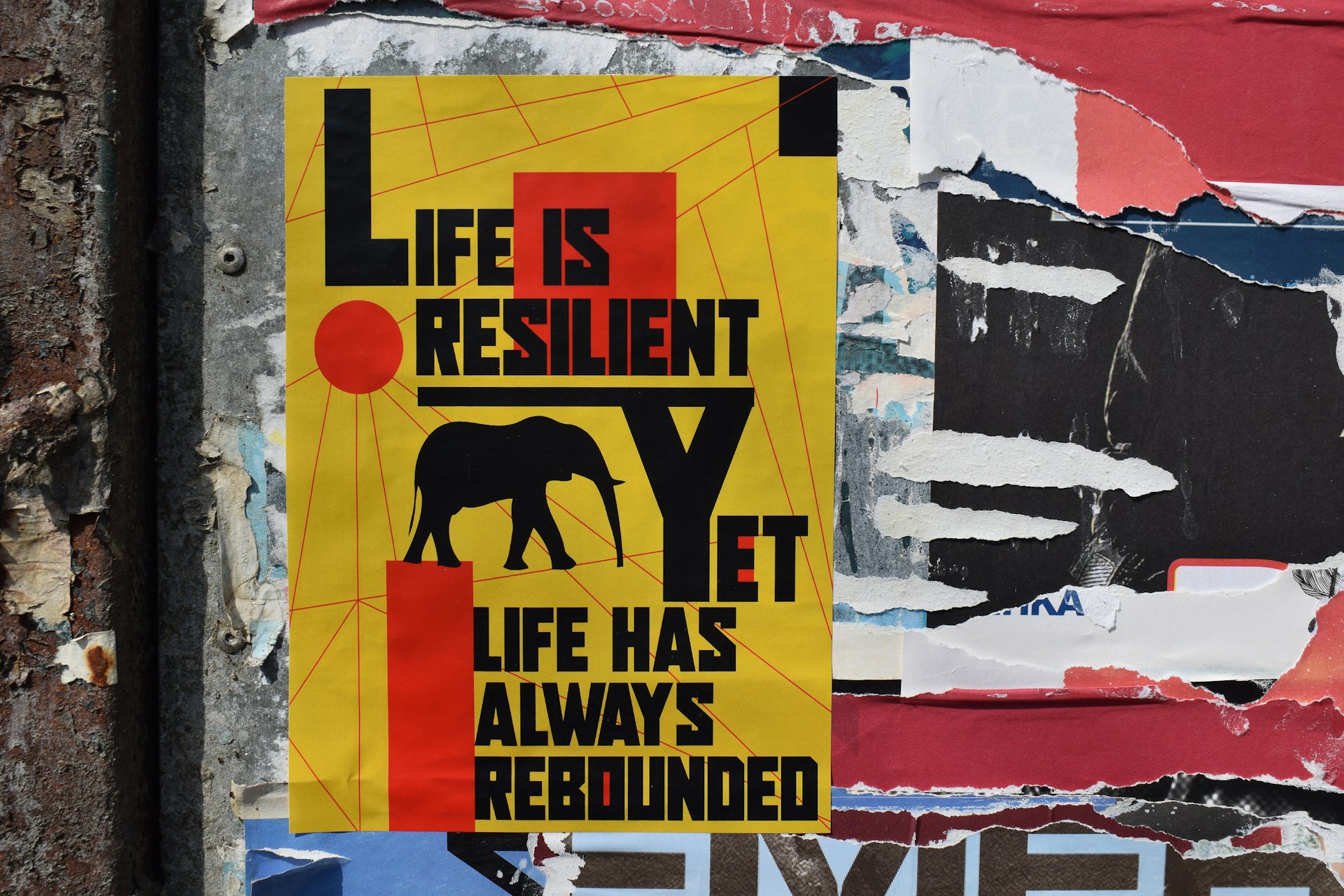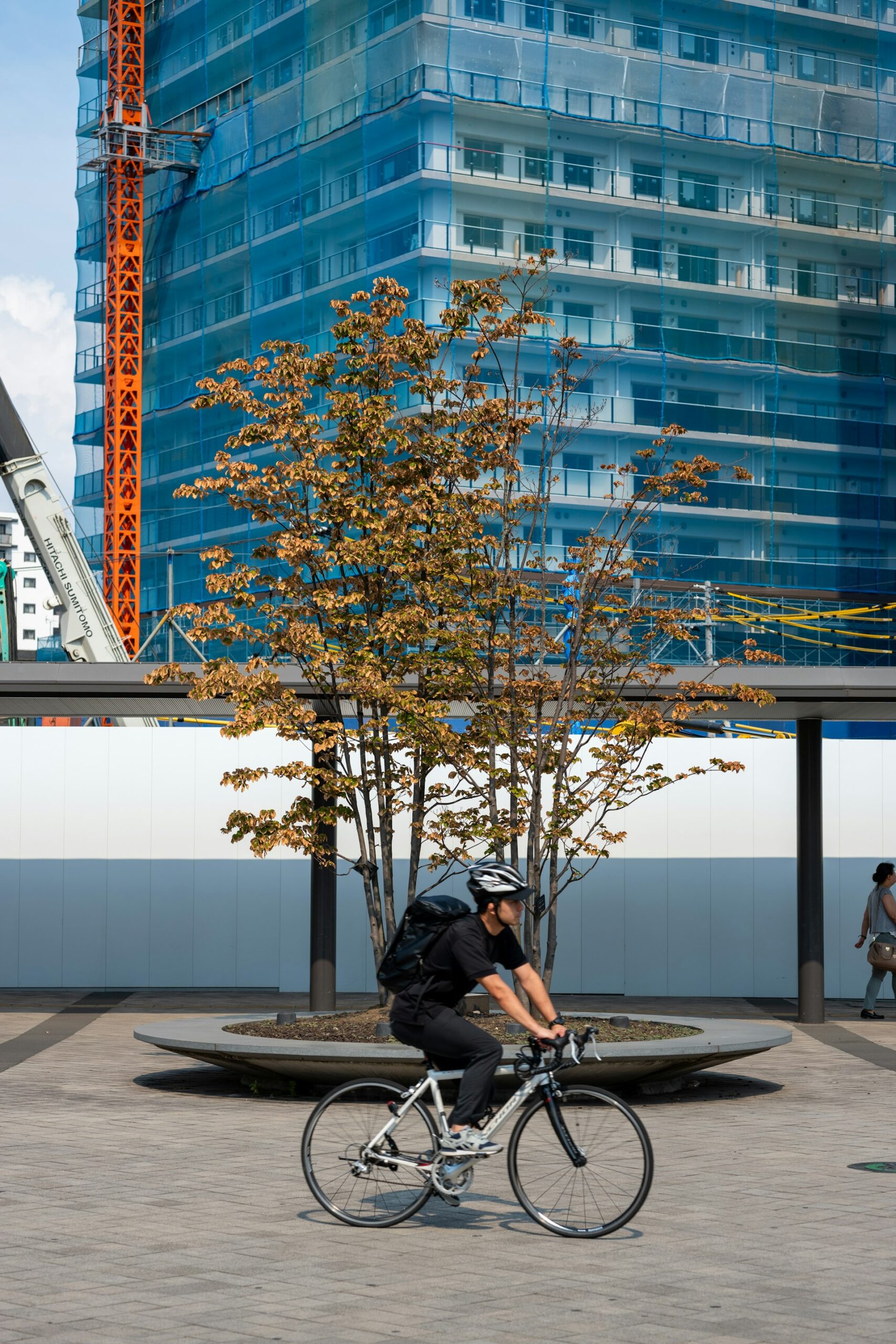The Ultimate Guide to Backpacking Through Southeast Asia: Routes, Costs, and Insider Tips

Photo by Vinh Thang on Unsplash
Introduction: Why Backpack Southeast Asia?
Southeast Asia is a top destination for backpackers seeking adventure, cultural immersion, stunning natural beauty, and affordability. With iconic sites like Angkor Wat, the beaches of Thailand, and the rice terraces of Vietnam, the region offers a diverse array of experiences for all types of travelers. This comprehensive guide provides actionable insights and detailed steps to help you plan, budget, and maximize your backpacking journey through Southeast Asia, based on recent traveler experiences and verified research [1] [2] .
Popular Backpacking Routes and Itineraries
Choosing your route is a critical first step. Southeast Asia’s backpacker infrastructure is robust, making it possible to tailor your itinerary to your interests and available time. Common starting points include Bangkok, Thailand, due to its major airport and central location. Here are some proven routes:

Photo by Suhyeon Choi on Unsplash
3-Week Backpacking Route
- Start in Bangkok, explore temples, markets, and street food.
- Travel to Siem Reap, Cambodia, to visit Angkor Wat.
- Head to Vietnam for city life and beach relaxation.
- Finish with the islands in southern Thailand.
This route offers a snapshot of the region’s diversity and is ideal for those with limited time [1] .
4-5 Week Backpacking Route
- Bangkok → Northern Thailand (Chiang Mai, Pai)
- Siem Reap (Cambodia) → Laos (Luang Prabang, waterfalls)
- Vietnam (Ho Chi Minh City, Halong Bay)
- Philippines (Palawan, El Nido, Coron)
This extended route allows deeper exploration, with more time for off-the-beaten-path experiences and island hopping [1] .
Epic 3-Month Adventure
For travelers with more time, the classic “Banana Pancake Trail” covers Thailand, Laos, Vietnam, Cambodia, and beyond. Highlights include Chiang Mai and Pai in Thailand, the slow boat to Luang Prabang (Laos), the mountains of northern Vietnam, and Cambodia’s temples and beaches. The journey often concludes with Thailand’s legendary beach parties [2] .
Budgeting: How Much Does Backpacking Southeast Asia Cost?
Southeast Asia is famous for its affordability. Daily expenses vary by country and comfort level, but budget travelers typically spend:
- Accommodation: Hostel dorms range from $4 to $20 per night, with private rooms generally $15 to $40.
- Food: Street food meals often cost $1 to $3, while restaurant meals range from $5 to $10.
- Transport: Buses and trains are affordable ($5-$20 per journey), with low-cost airlines connecting major cities.
- Activities: Entry fees for major attractions like Angkor Wat can be higher ($37+), but many outdoor activities and local experiences remain budget-friendly.
Overall, a typical backpacker budget is $25-$50 per day, depending on your travel style and destinations. Research and flexibility are key to saving money [5] .
Essential Planning Steps
Visas and Entry Requirements: Visa rules vary by nationality and country. Many Southeast Asian countries offer visa-free or visa-on-arrival options for short stays. Check the official government websites for each country or consult your embassy before departure. For U.S. travelers, the U.S. Department of State website provides up-to-date requirements for each country.
Health and Safety: Routine vaccinations are recommended, and some countries may require proof of yellow fever vaccination if arriving from a risk area. Travel insurance is strongly advised. Major providers include World Nomads and Allianz, but always verify coverage and purchase through their official websites.
Packing: Pack light and versatile, favoring breathable clothing, sturdy footwear, rain protection, and travel-sized toiletries. Consider a 40-50L backpack for ease of movement. Don’t forget a universal power adapter and copies of important documents.
Transportation and Getting Around
Backpackers in Southeast Asia use a mix of transportation:
- Budget Airlines: Carriers such as AirAsia, Scoot, and VietJet connect major cities. Visit each airline’s official website for booking and schedules.
- Buses and Trains: Overland routes between countries and within regions are common. Bus and train tickets can be purchased at stations, hostels, or through official providers in each country.
- Scooter Rentals: Renting a scooter is a popular and affordable way to explore islands and rural areas. Always check local license requirements and use helmets. For example, the Mae Hong Son Loop in northern Thailand and the Pakse Loop in Laos are renowned for scenic rides [3] .
When in doubt, ask at your hostel or guesthouse for the safest and most reliable transport options.
Accommodation: Where to Stay
Southeast Asia has a vibrant hostel culture, with options ranging from party hostels to tranquil guesthouses. Booking platforms like Hostelworld and Booking.com provide verified listings and reviews. For unique stays, consider homestays and eco-lodges, which are increasingly available in rural and coastal areas. Always read recent reviews and book in advance during peak season (December-March).
Top Experiences and Hidden Gems
Backpacking Southeast Asia is about more than ticking off major attractions. Some must-do activities include:
- Island Hopping: Explore the beaches and lagoons of El Nido and Coron in the Philippines, or the Thai islands of Koh Phangan and Koh Tao.
- Cultural Immersion: Visit night markets in Chiang Mai, take cooking classes in Vietnam, and join local festivals.
- Nature and Adventure: Trekking in northern Vietnam, chasing waterfalls in Laos, and scooter rides through rice paddies and mountain landscapes.
- Food Exploration: Sample regional specialties such as Thai curries, Vietnamese pho, and Cambodian amok. Street food is often the highlight for many travelers [4] .
For hidden gems, venture to less-visited regions like the Bolaven Plateau in Laos or the rice terraces of Bali, Indonesia [3] .
Challenges and Solutions
Backpacking Southeast Asia is not without its challenges:
- Language Barriers: English is widely spoken in tourist areas, but learning basic local phrases enhances your experience and fosters goodwill.
- Travel Scams: Stay vigilant against common scams, especially in busy urban centers. Always use official taxi stands and confirm prices in advance.
- Weather: The region’s climate varies. Plan around the rainy season (typically May-October) for specific countries and carry appropriate gear.
- Health: Use bottled or filtered water, and prioritize food hygiene. Pharmacies are common in cities, but bring a basic first aid kit for rural travel.
Research recent traveler reports on trusted travel forums and government websites for current safety and health advisories.
Alternative Approaches and Practical Tips
If you prefer to avoid crowds, consider traveling during shoulder seasons or focusing on secondary cities and rural areas. Volunteering, work exchanges, and teaching English can extend your stay and deepen your engagement-search for reputable programs through established organizations or consult your embassy for guidance.
How to Access More Resources
For up-to-date information on visas, safety, and travel advisories, visit the official government websites of your home country as well as the tourism boards of your destination countries. To find hostels, use verified platforms like Hostelworld and Booking.com. For transportation, visit official airline and bus company websites. When in doubt, ask for recommendations at your accommodation, and consult recent traveler reviews for the most current insights.
References
- [1] Where in the World is Nina? (2025). Backpacking Southeast Asia: Itinerary, Costs, and Tips.
- [2] The Broke Backpacker (2025). Backpacking Southeast Asia Travel Guide (Budget Tips • 2025)
- [3] Jill on Journey (2025). Southeast Asia Backpacking Itinerary | Highlights & Hidden Gems.
- [4] Mind the Travel (2025). Southeast Asia Backpacking Guide: Itinerary, Travel Advice, Costs.
- [5] Voyista (2025). Backpacking Southeast Asia 2025: Ultimate Cost & Budget Guide.



